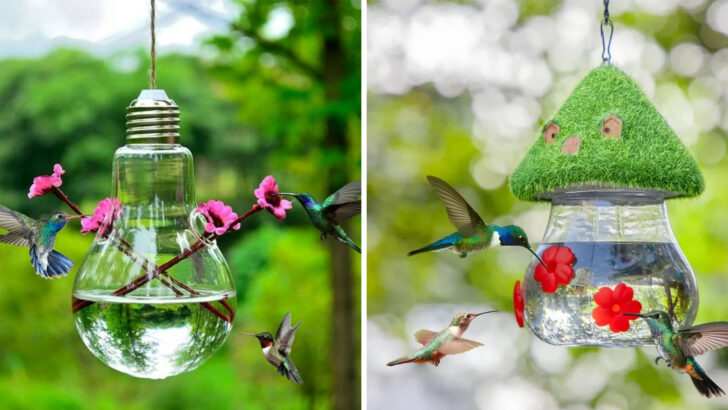Hummingbirds deserve better than plain old sugar water. Sure, it gets the job done, but why settle for boring when you can offer them something even more irresistible? These tiny, high-energy birds are always on the lookout for the best nectar sources—and you can give them exactly that.
Forget the artificial syrups and bland mixtures. Nature provides plenty of delicious, nutrient-rich options that will keep hummingbirds flocking to your yard. From fresh fruit juices to natural flower nectars, there are so many ways to give them a tastier, healthier treat.
Ready to upgrade your hummingbird buffet? Whether you want to mix up homemade nectar alternatives or plant the perfect flowers, these sugar water substitutes will have your feathered visitors zipping back for more. Let’s explore the best ways to keep them happy, hydrated, and hovering all season long!
Homemade Nectar with Honey

Hummingbirds are naturally drawn to sweetness, and using honey in homemade nectar can be a delightful alternative. Mix one part honey with four parts water, ensuring the honey dissolves thoroughly. The rich aroma of honey not only attracts hummingbirds but also adds an additional layer of flavor compared to traditional sugar water.
However, be cautious as honey can ferment quickly, necessitating frequent cleaning and replacement. This nectar creates a more natural feeding experience, reminiscent of their wild feeding habits. Hummingbirds will appreciate the effort and might just reward you with more frequent visits.
Fruit Juice Mix
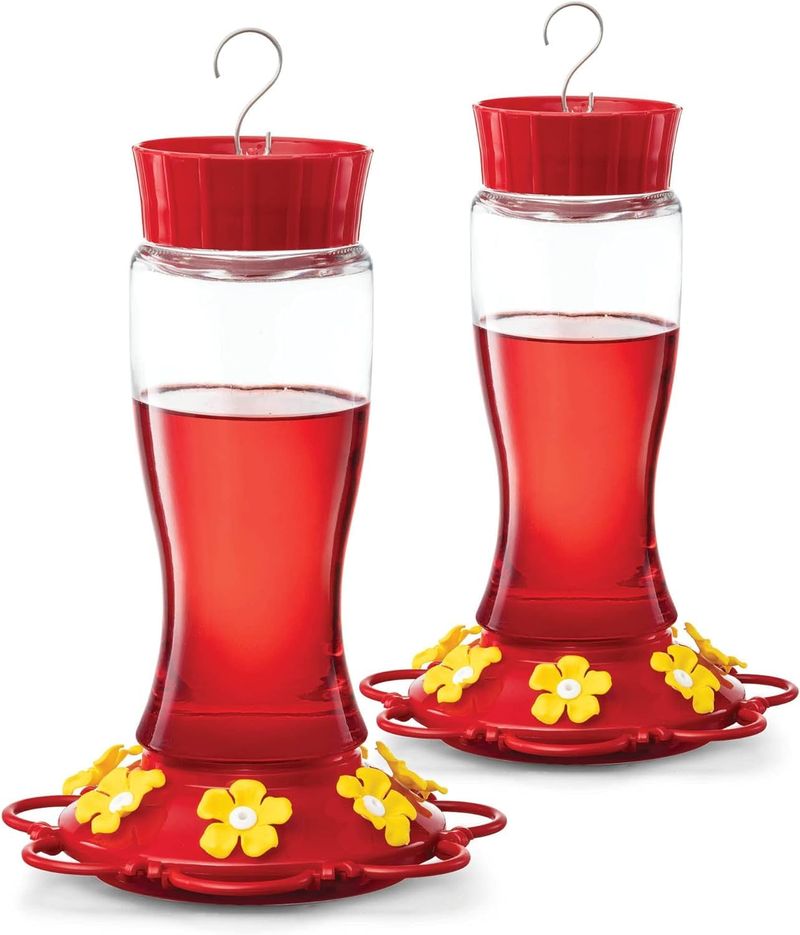
Blending fruit juices offers a fun way to entice hummingbirds with natural sweetness. Consider using a mix of grape, orange, or apple juice, watered down to ensure ease of digestion for these tiny birds. This method adds diversity to their diet, closely mimicking the nectar they find in wild flowers.
Ensure the juices are free from artificial additives to keep the meal wholesome. Regularly refresh the mixture to prevent spoilage. This fruity nectar can also invite a variety of other birds, turning your garden into a lively aviary, full of colorful flitting and chirping.
Floral Elixirs
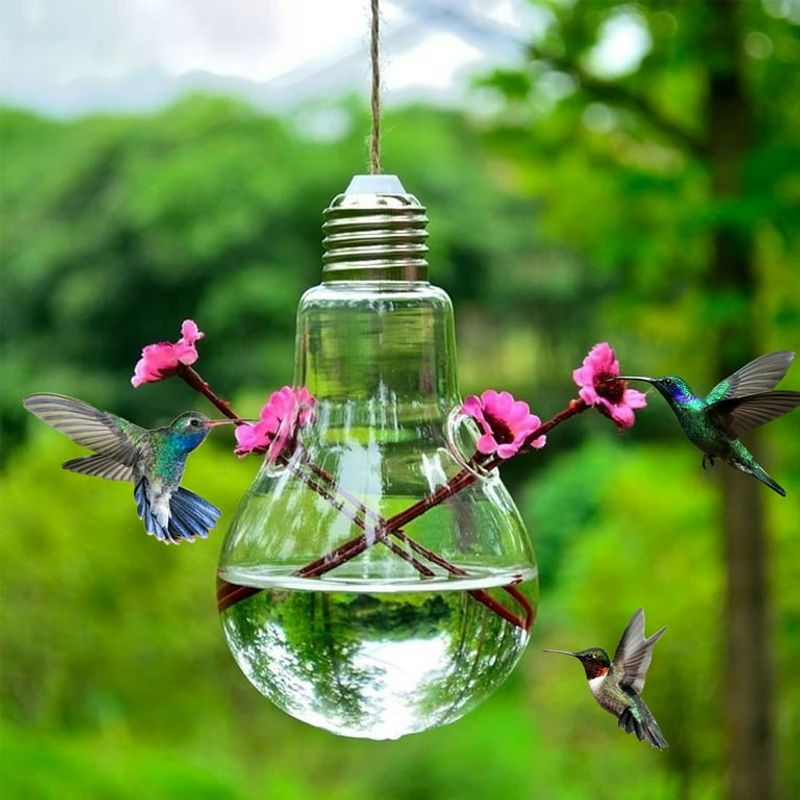
Floral elixirs are a sophisticated option for feeding hummingbirds, infusing water with edible flowers like lavender and rose. To prepare, steep a handful of petals in hot water, then cool and pour into the feeder. These elixirs offer a subtle floral fragrance that hummingbirds find appealing.
This method provides trace nutrients and varies their diet naturally. Avoid flowers treated with pesticides to ensure safe consumption. Floral elixirs also provide a sensory delight for humans, adding aromatic beauty to your garden. Hummingbirds visiting will experience a floral feast beyond ordinary nectar.
Agave Nectar Blend
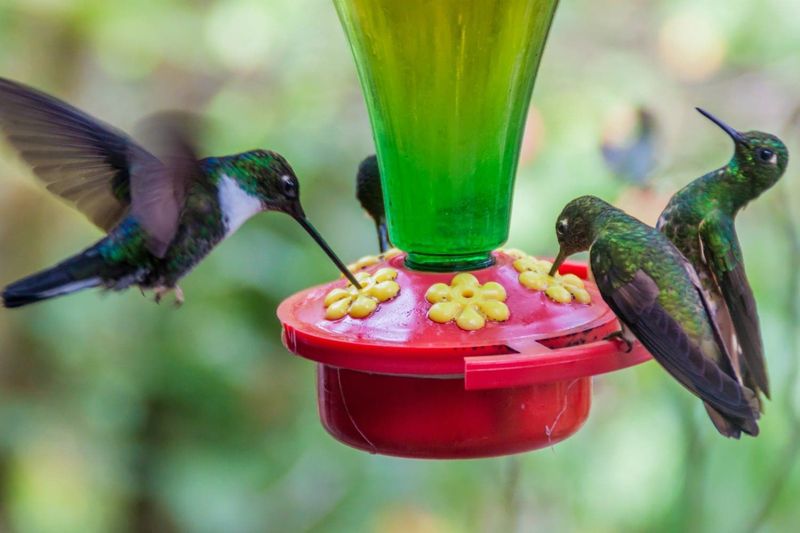
Consider using agave nectar as an alternative sweetener for hummingbird feeders. Mix one part agave nectar with four parts water, similar to sugar water preparation. The slight caramel flavor of agave adds a unique taste that hummingbirds might find intriguing.
Agave nectar is less likely to ferment quickly compared to honey, making it a practical choice for many. Regularly clean the feeder to maintain freshness and avoid attracting pests. This option brings a touch of desert sweetness to your backyard, inviting hummingbirds to experience a taste of the wild southwest.
Herbal Infusions
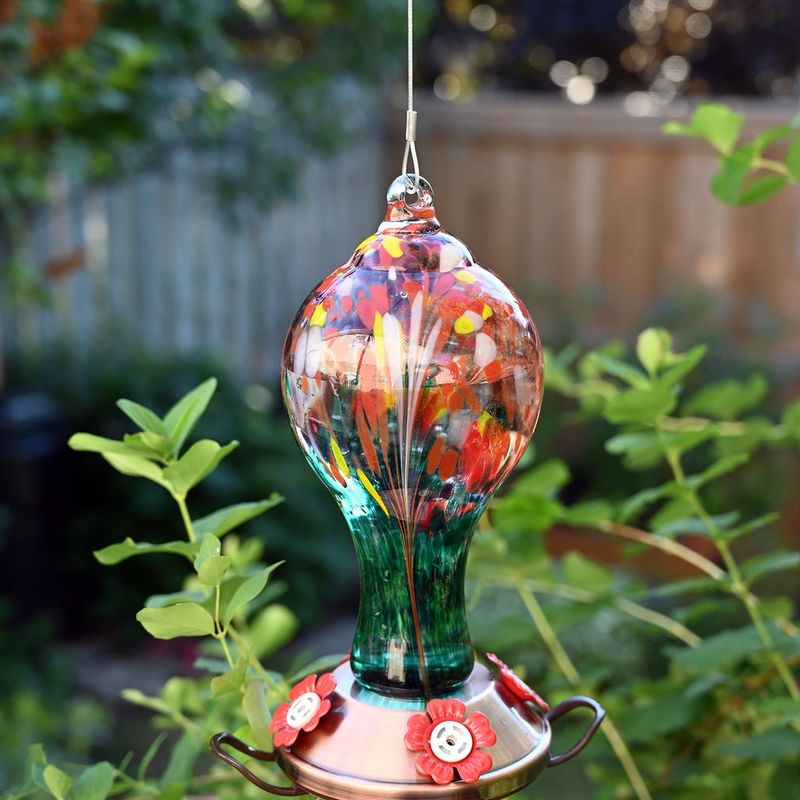
Herbal infusions offer a creative way to nourish hummingbirds while adding aromatic appeal. Steep herbs like mint or basil in boiling water, then cool and place in the feeder. These infusions provide a refreshing alternative, with hints of herbal aromas that might attract these curious birds.
The added nutrients from herbs can subtly boost the hummingbird’s diet. Be mindful of using only organic herbs to ensure a toxin-free meal. This approach not only benefits the birds but also transforms your garden into a fragrant oasis, drawing in hummingbirds and other beneficial wildlife.
Molasses Nectar
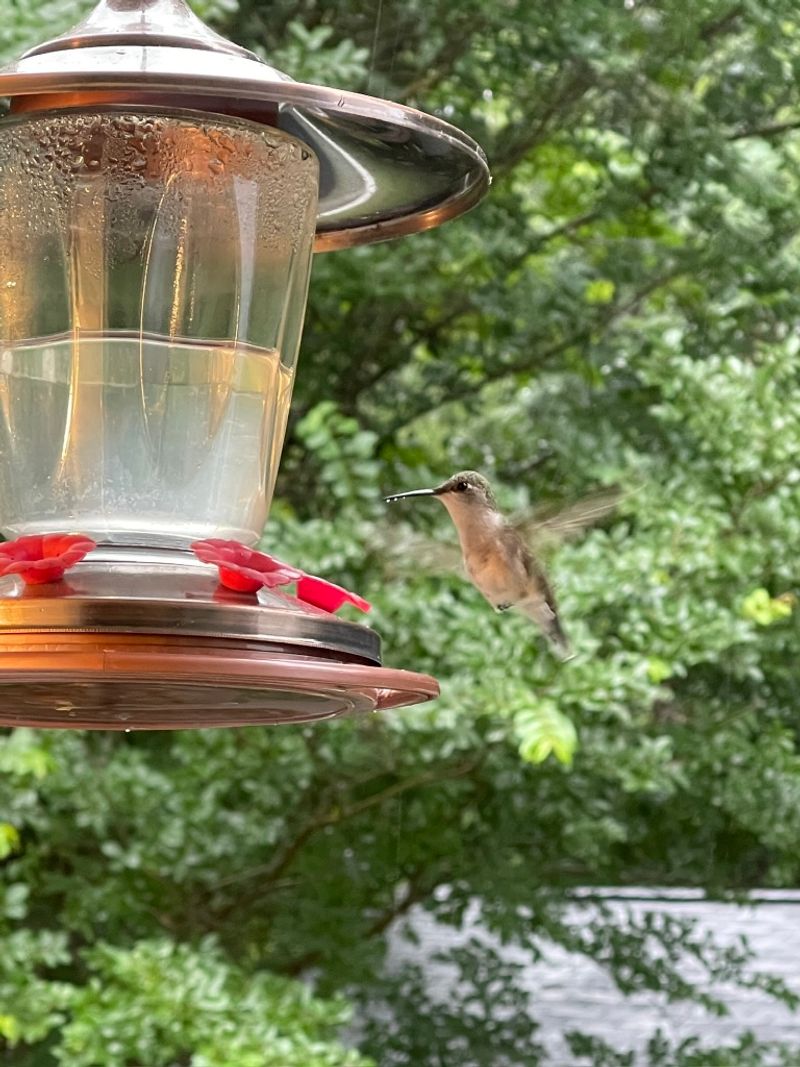
Using molasses in nectar provides an iron-rich alternative to sugar water. Mix one part molasses with four parts water, ensuring it’s well-diluted for safe hummingbird consumption. The deep, robust flavor of molasses can attract hummingbirds looking for something different.
While offering a unique taste, molasses also introduces additional nutrients like iron. Clean the feeder frequently to prevent spoilage. This choice adds a touch of complexity to their diet and encourages more energetic visits. Your garden becomes a hub of activity with such engaging feeding options available to these tiny visitors.
Coconut Water Delight

Coconut water is a refreshing choice for hummingbirds, providing natural sugars and electrolytes. Offer it pure or slightly diluted in your feeder for a tropical twist. This natural beverage hydrates and delights hummingbirds, resembling the nectar they seek.
Ensure the coconut water is fresh and unflavored, avoiding any preservatives. Regular cleaning and refilling are essential to prevent spoilage. The natural sweetness and hydration properties make it a hit among hummingbirds. This exotic option invites them to experience a taste of the tropics right in your backyard.
Maple Syrup Mixture
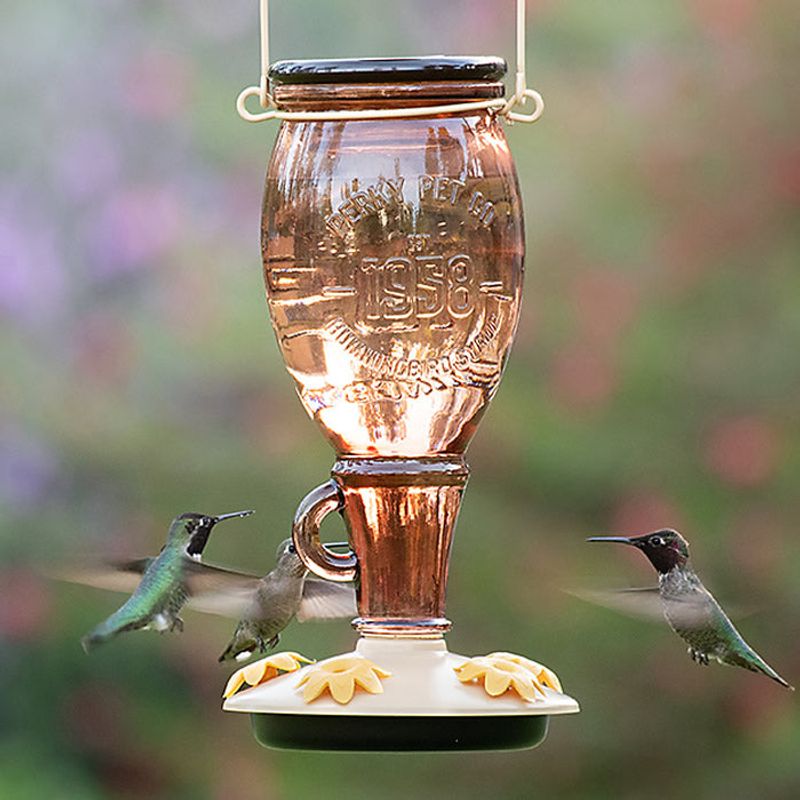
Maple syrup, when diluted, can lure hummingbirds with its rich, sweet aroma. Combine one part maple syrup with four parts water for an enticing nectar substitute. The distinctive taste offers a new experience for hummingbirds, breaking the monotony of sugar water.
Maple syrup is packed with antioxidants, adding a healthful twist to their feeding. Keep feeders clean and refresh the mix regularly to maintain its appeal. The warm, comforting flavor of maple syrup adds a seasonal charm to your garden, appealing to both birds and human visitors alike.
Dandelion Tea
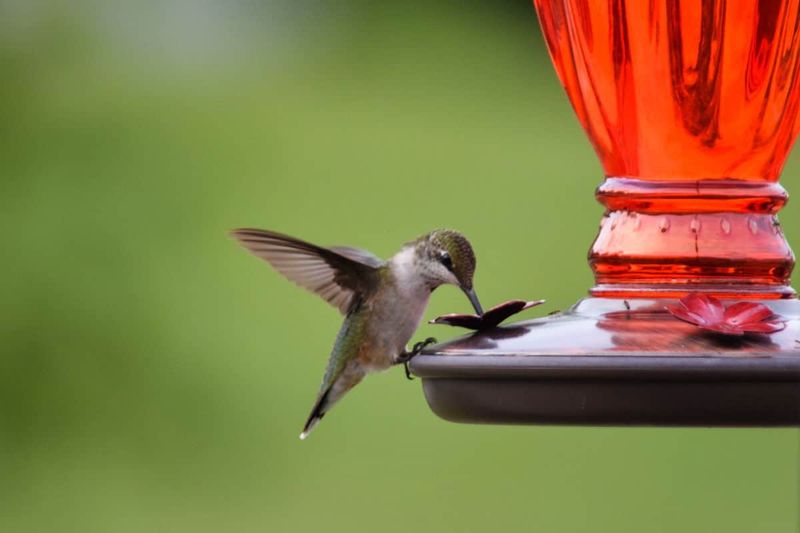
Dandelion tea presents a novel way to attract hummingbirds, utilizing a common garden weed. Brew a mild tea from dandelion flowers, cool it down, and fill your feeder. This method combines the allure of floral nectar with potential health benefits from dandelions.
Rich in vitamins and minerals, dandelion tea offers more than just sweetness. Ensure dandelions are pesticide-free for safe consumption. Refresh the tea often to avoid fermentation. This earthy alternative not only attracts hummingbirds but also turns a pesky weed into a valuable garden resource.
Beet Juice Splash
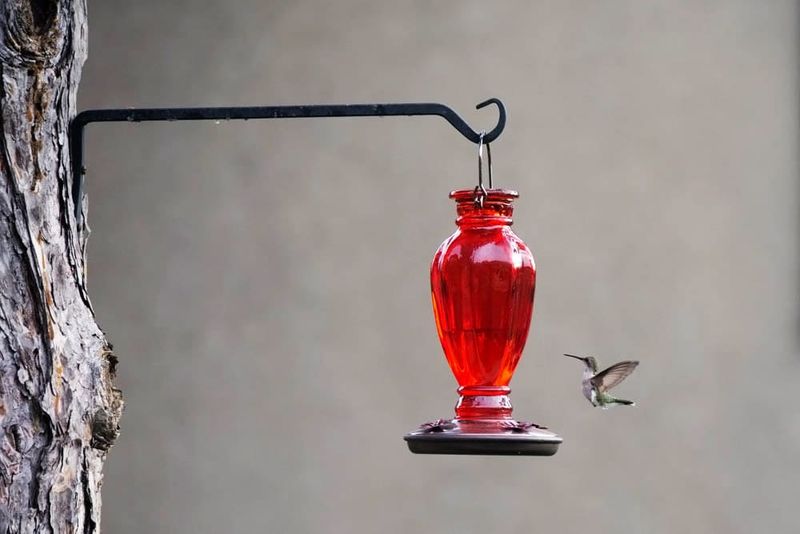
Beet juice offers an eye-catching and nutritious alternative for hummingbirds. Dilute the juice to ensure it’s not too strong for their delicate systems. The bright color and subtle sweetness of beets can captivate hummingbirds, providing an antioxidant-rich option.
This nectar alternative is not only visually striking but also adds variety to their diet. Be mindful of potential staining from beet juice, and clean feeders frequently. The lively hue of beet juice can also enhance your garden’s aesthetic, making it a vibrant hotspot for hummingbirds.
Berry Brew
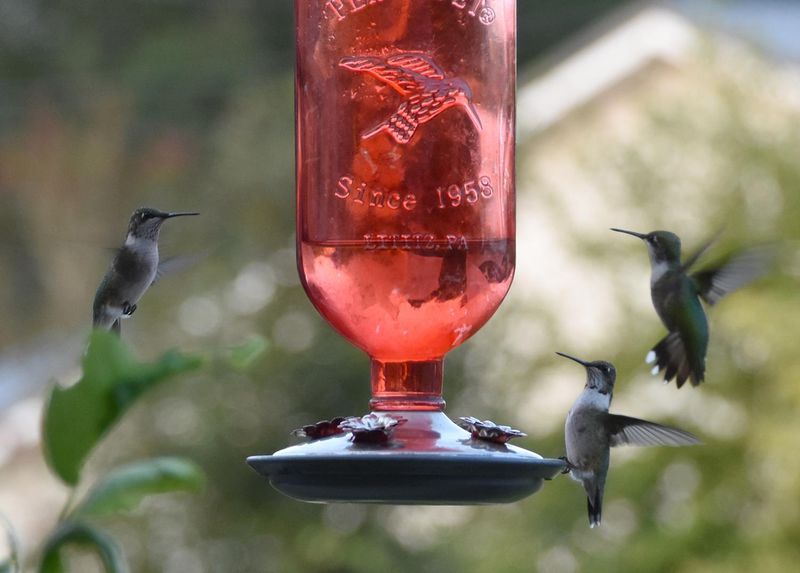
Crafting a berry brew using pureed berries provides a delectable treat for hummingbirds. Blend fresh berries like strawberries or blueberries with water, straining out seeds before filling the feeder. This fruity concoction mirrors the natural nectar found in berry blossoms.
Berries offer vitamins and antioxidants, enriching the hummingbird’s diet. Use only fresh, pesticide-free produce to ensure safe feeding. The berry brew’s vibrant color and rich flavor can draw hummingbirds from afar, turning your garden into a delicious paradise for these feathered gems.
Cactus Flower Infusion
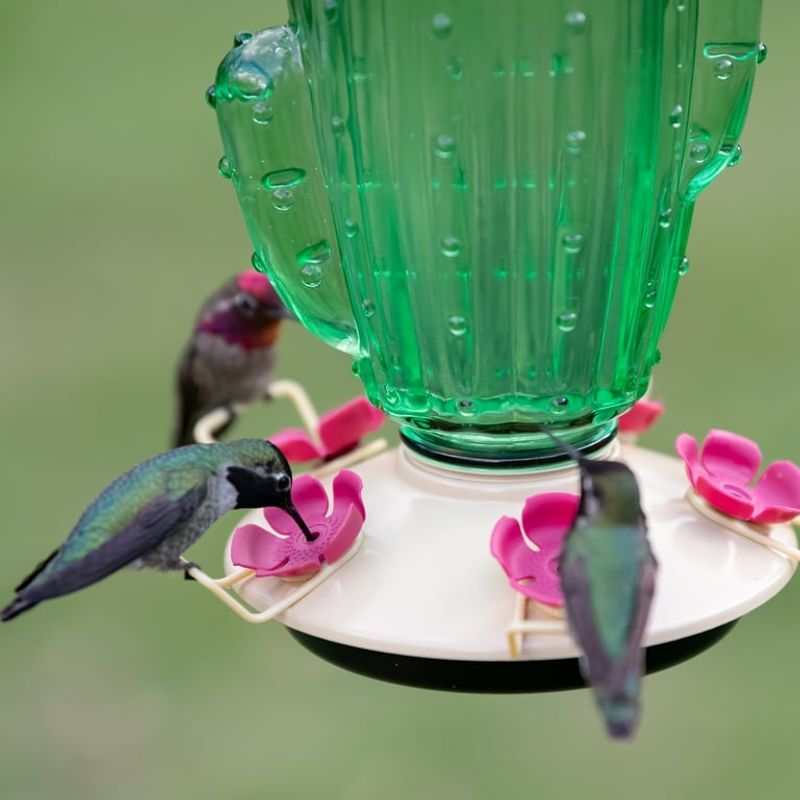
Cactus flower infusion brings a touch of the desert to your hummingbird feeder. Steep cactus flowers, known for their natural nectar, in water to create this unique blend. The exotic allure of cactus flowers can intrigue and attract hummingbirds seeking new experiences.
Ensure flowers are organic to prevent chemical contamination. This infusion not only provides a rare taste but also connects these birds with their desert habitats. The cactus flower’s delicate sweetness and rarity make it a standout option, transforming your garden into a sanctuary for adventurous hummingbirds.

